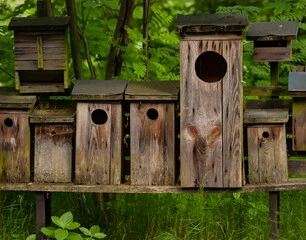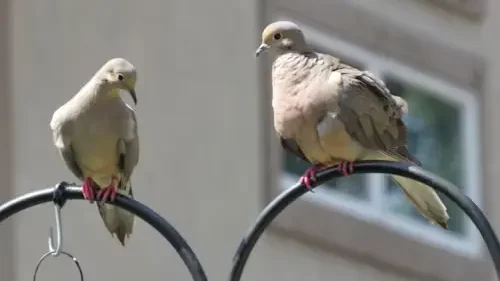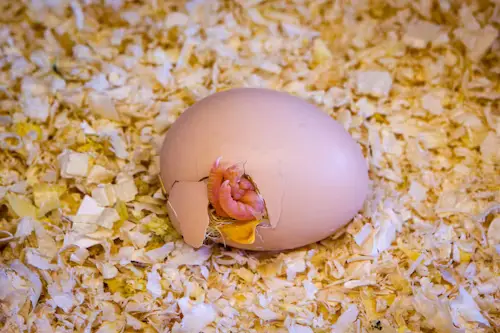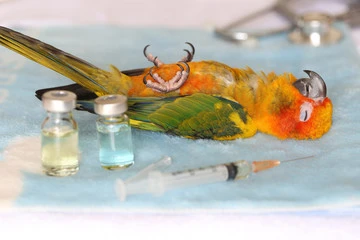Pet Starling Bird: Care, Behavior, and Habitat – Best Happy Secrets
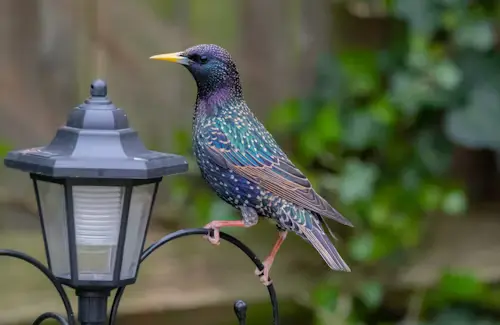
Have you ever considered a starling as a pet? These charismatic birds, often overlooked in favor of parrots or canaries, have a charm all their own. Intelligent, social, and surprisingly talkative, a pet starling bird can make a wonderful companion—if you know what you’re getting into.
Starlings aren’t your typical cage bird. They’re clever problem-solvers, gifted mimics, and full of personality. But keeping one happy and healthy requires understanding their unique needs. In this guide, we’ll cover everything you need to know about starling bird care, starling bird behavior, starling bird diet, and starling bird habitat.
Table of Contents
Why Choose a Pet Starling Bird?
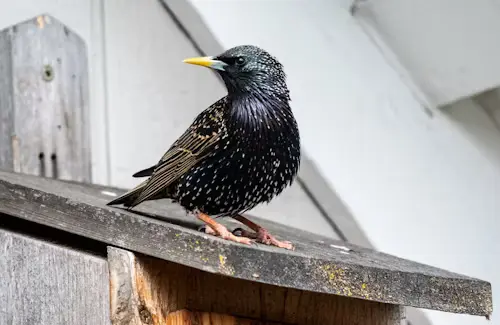
Starlings (particularly the European starling) have fascinated people for centuries—even Mozart had one! Here’s why some bird lovers swear by them:
- Legal to own in the U.S. Since they’re invasive, no special permits are needed. (Source)
- Incredible mimics—they can replicate speech, songs, and even mechanical sounds.
- Highly social—they bond closely with their humans.
- Entertaining personalities—curious, playful, and full of quirks.
But they’re not for everyone. Starlings need lots of interaction, a roomy enclosure, and a specialized diet. If you’re ready to commit, read on!
Starling Bird Care: Keeping Your Feathered Friend Happy
Housing & Cage Requirements
A starling’s enclosure should prioritize space and mental stimulation.
- Minimum cage size: 24″ x 24″ x 30″ (bigger is better).
- Bar spacing: ½” max to prevent escapes.
- Must include:
- Multiple perches of varying thickness
- Swings and foraging toys
- A shallow water dish for bathing (they love splashing around!)
Unlike some birds, starlings need daily out-of-cage time to stretch their wings and explore. A bird-proofed room is ideal.
Temperature & Lighting
Starlings tolerate moderate climates but avoid drafts and direct sunlight. A full-spectrum UVB light helps if they lack natural sunlight exposure.
Starling Bird Behavior: What to Expect
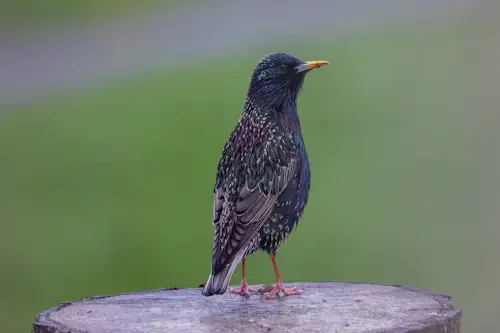
Starlings are highly interactive pets, but their wild instincts can surprise new owners.
Common Behaviors
✔ Mimicry – They’ll copy sounds, words, and household noises.
✔ Foraging – They love digging through toys for hidden treats.
✔ Social chirping – They vocalize frequently, sometimes loudly!
✔ Playfulness – Expect acrobatics, toy tossing, and mischief.
Challenges?
- Hormonal phases – Spring can bring territorial or nesting behaviors.
- Noise levels – While not as loud as parrots, they can be chatty. (For quieter bird options, see our list of quiet pet birds.)
Starling Bird Diet: What to Feed for Optimal Health
A starling’s diet is protein-heavy, unlike seed-dependent species.
Best Foods for Starlings
| Food Type | Examples | Frequency |
|---|---|---|
| Insects | Mealworms, crickets, flies | Daily |
| High-protein pellets | Mazuri Insectivore Diet | Base of diet |
| Fruits | Berries, apples, bananas | 2-3x/week |
| Veggies | Greens, peas, sweet potato | Occasionally |
🚫 Avoid:
- Avocado, chocolate, caffeine (toxic)
- Too many seeds (leads to obesity)
For more on bird nutrition, check out our guide to best bird food choices.
Starling Bird Habitat: Wild vs. Captive Needs

In the Wild
European starlings are adaptable—found in urban areas, farmlands, and woodlands. They nest in cavities (like tree hollows or building eaves).
In Captivity
Mimic their natural environment with:
- Soft nesting materials (paper strips, coconut fiber)
- Climbing branches (untreated wood)
- Bathing opportunities (daily misting or shallow water)
FAQs About Pet Starlings
1. Are starlings good for beginners?
They require more hands-on care than finches or canaries. Best for experienced bird owners or dedicated beginners.
2. Where can I get a pet starling?
Since they’re invasive, rehab centers sometimes place orphaned starlings as pets. (Learn more here.)
3. How long do pet starlings live?
With proper care, 10–15 years—sometimes longer.
Final Thoughts
A pet starling bird is a joy for the right owner—intelligent, engaging, and full of surprises. But they’re not low-maintenance. If you’re ready for a bird that craves interaction and mental challenges, a starling might be your perfect match.
Have questions? Share your thoughts in the comments 🐦💬



